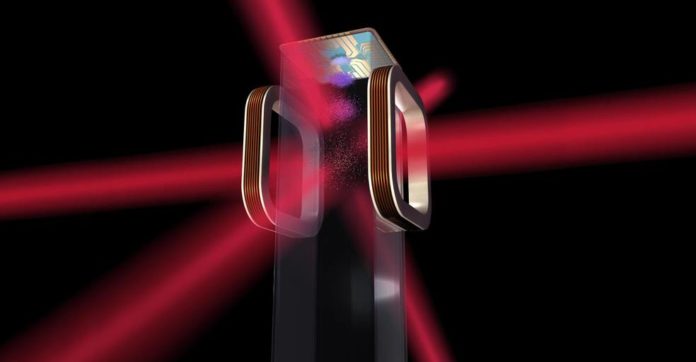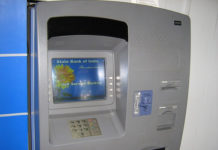The International Space Station will receive a very cold gift from the scientists in NASA. An ice chest-sized box will find its place in space where it will create the coolest spot in the universe.
This special box is equipped with lasers, a vacuum chamber and an electromagnetic knife. This will cancel out the energy of gas particle thereby slowing them. This “Cold Atom Laboratory” is designed to freeze gas atoms to nearly absolute zero, that’s more than 100 million times colder than the space.
When atoms are cooled to extreme temperatures, they can form one of the low temperature states of matter, the Bose-Einstein condensate. This state of matter defies familiar rules of physics and follows quantum physics. Rows of atoms move in concert with one another as if they were riding a moving fabric.

NASA has so far never gone deep about this state of matter. As on Earth, gravity hinders this study by pulling the particles towards the ground. This would means that they can be observed only for a fraction of second. But, the conditions in space are more supportive. The ultra-cold atoms can hold on to their wave-like forms longer. This gives more time for scientists to observe and understand them. For now, it would stay for 5 to 10 seconds, and further improvements will allow them to stay for about 100 seconds.
Five scientific teams plan to conduct experiments using the Cold Atom Lab. Among them is Eric Cornell of the University of Colorado, Boulder and the National Institute for Standards and Technology. Cornell is one of the Nobel Prize winners who first created Bose-Einstein condensates in a lab setting in 1995.
The results of these experiments will help us reshape our understanding of matter and also the fundamental nature of gravity. This could potentially lead to a number of improved technologies, including sensors, quantum computers and atomic clocks used in spacecraft navigation.

























